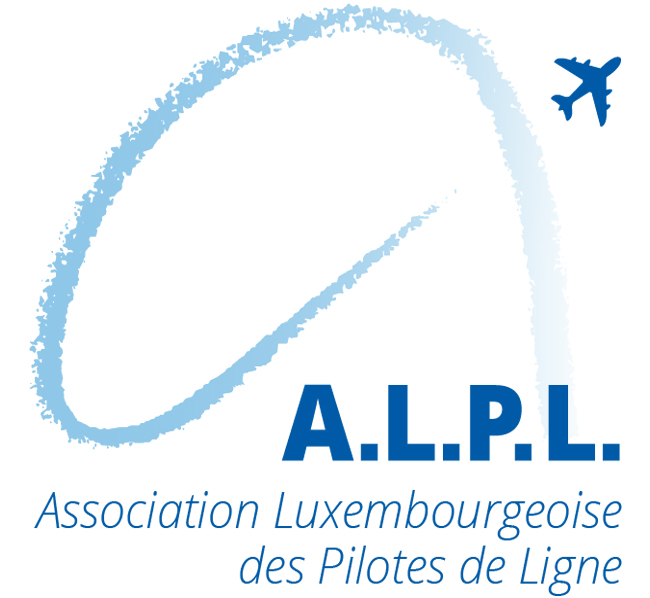European pilots welcome the new Practical Guide issued by the European Aviation Safety Agency (EASA) on 07 Aug 2017. It has the potential to help us in better equipping European aviation to manage safety hazards and their associated risks that stem from New Business Models. The practical guide is a recognition that outsourcing safety critical tasks, subcontracting/wet-leasing, crew atypical employment, and other tools to bolster profit and productivity can negatively impact safety.
Extensive use of leasing arrangements, atypical employment, high turnover of crews, outsourcing of safety-critical tasks and operating under different AOCs are practices used in New Business Models. The Practical Guide says that those practices could potentially lead to reduced safety reporting by air crews, including fatigue reporting, eroding Just Culture, deficiencies in pilot training (due to high turnover of staff), or flying while sick. What is also setting these New Business Models apart is the high focus on cost cutting which, according to EASA, puts human factors, crew resource management and safety management under intense pressure.
“EASA had provided some sensible measures for mitigating risks related to new business set-ups”, says ECA President Capt. Dirk Polloczek. “Our job is not done. Mitigating hazards and their associated risks is good. Eliminating hazards, when possible, is better.”
The practical guide is a recognition that outsourcing safety critical tasks, subcontracting/wet-leasing, crew atypical employment can negatively impact safety.
“This new Guide is only a first step and more will be needed from the EU institutions”, says Johan Glanz, ECA Board Director and Chair of the EASA Working Group that delivered the recommendations.
While the Guide provides practical recommendations on how to mitigate safety risks, it does not address the underlying factors, i.e. the use of problematic business & employment practices. This remains an outstanding task for the Agency, the European Commission and Member States.
In the context of the ongoing revision process of EASA’s Basic Regulation, the European Parliament legislative proposal has already empowered EASA to investigate and act upon “interdependencies between socio-economic factors and aviation safety”. This new Practice Guide is a proof that EASA has an active role to play and will need to do so in future, based on this firm European mandate.




